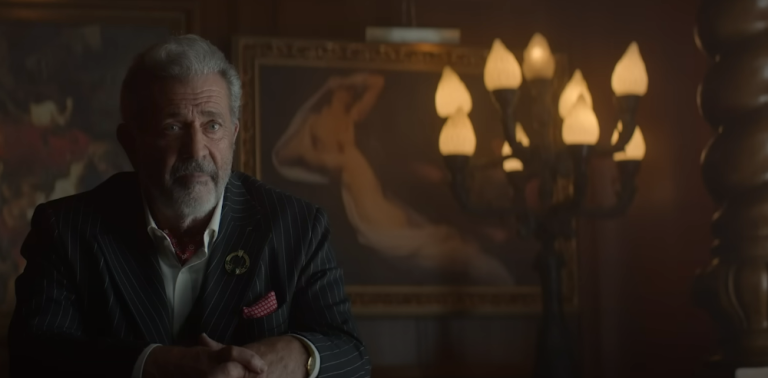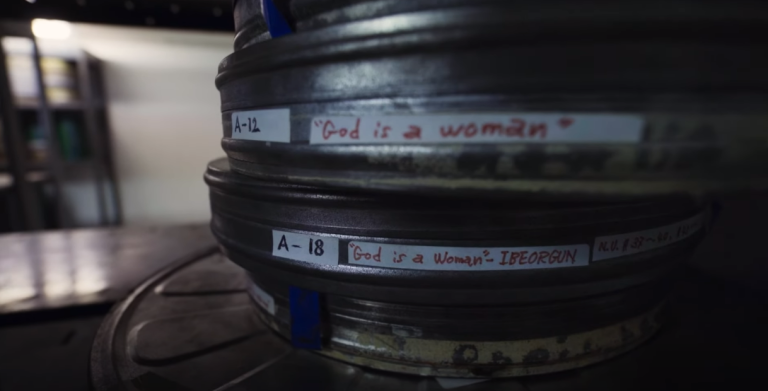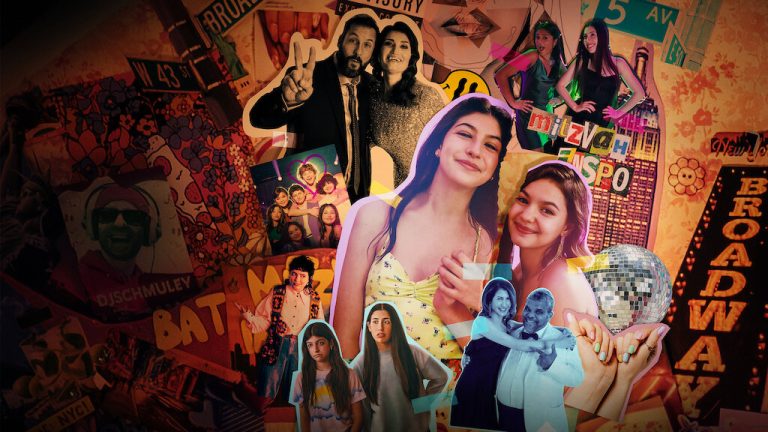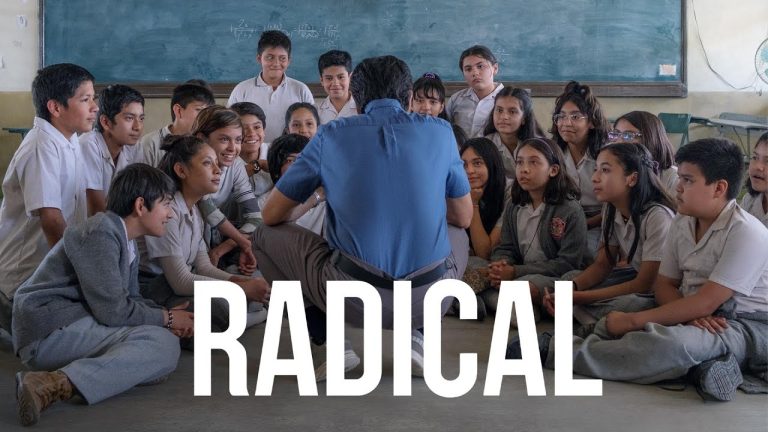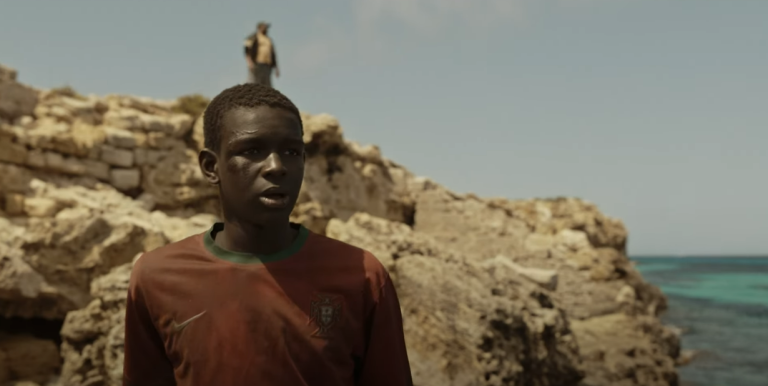
In three films — “The Wild Boys” (2017), “After Blue (Dirty Paradise)” (2021), and now “She Is Conann” — French filmmaker Bertrand Mandico showcases his dedication to poetic dialogue, unconventional gender representation, and the use of glitter. In “She Is Conann,” Mandico strengthens this imaginative style with a coherent and engaging storyline, resulting in his most accomplished work yet.
| Film | Description |
|---|---|
| “The Wild Boys” (2017) | Displays Mandico’s dedication to poetic dialogue, unconventional gender representation, and the use of glitter. |
| “After Blue (Dirty Paradise)” (2021) | Showcases Mandico’s signature style, featuring unconventional gender representation and poetic dialogue, alongside the use of glitter. |
| “She Is Conann” | Mandico’s most accomplished work yet, strengthening his imaginative style with a coherent and engaging storyline. Follows the life of barbarian queen Conann through various stages, each portrayed by different actors. Features consistent themes of violence, evolution, and unconventional gender representation. |

The film follows barbarian queen Conann from her violent initiation at age 15, through various stages of her life until she becomes an aged matriarch. Every 10 years, she undergoes a new phase, each portrayed by a different actor: a warrior at 25, a love-struck stuntwoman at 35, a sinister figure at 45, and finally, a climax at 55.
Throughout Conann’s different stages of life, one character remains constant: Rainer, a dog-faced oracle in a leather jacket. Rainer follows Conann, documenting her life with his camera and delivering memorable lines. He serves as narrator and reminds Conann of her commitment to violence and evolution, even when she resists change.

In this film, the concept of “barbarism” is associated with femininity. Rainer is the only major male character, portrayed by a woman, emphasizing this theme. The film’s sexuality is predominantly Sapphic, with Conann having a passionate affair with Sanja. Beyond the explicit lesbianism, the film is broadly queer-coded, with elements like glitter and strong, warrior-like women. The rough aesthetic adds to its outsider feel, placing it within the realm of queer art.
The production design by Anna Le Mouël evolves throughout the film, featuring scenes with tangled hair, fur suits, and fake snow early on, while Conann and Sanja’s New York City apartment has a distinct “cocaine decor” aesthetic. The cinematography also changes, transitioning from black-and-white to color based on the directors’ decisions.

“She Is Conann” features stylized and surprisingly gory scenes, emphasizing the theme of barbarism by depicting characters splitting corpses and consuming bloody hearts. Towards the end, the film veers into self-reflexive satire with a scene involving artists facing a choice between cannibalism and poverty. The meal offered is unappetizing, resembling barbacoa and tinned ham with olives, yet the characters eagerly consume it.
Mandico’s distinctive style shines through consistently in his films, indicating a strong creative direction. While his focus may not be on narrative or character development, his vision is evident in every aspect, treating actors more as props amidst elaborate set designs. “Conann” showcases a newfound freedom for Mandico, allowing him to unleash a fierce and captivating energy, symbolized by Athena emerging from his intense creativity.
| Aspect | Description |
|---|---|
| Plot | Follows Conann’s life stages from violent initiation at 15 to aged matriarch. Every decade brings a new phase portrayed by different actors. |
| Character | Rainer, a constant character, serves as a narrator and reminder of Conann’s commitment to violence and evolution. |
| Theme | “Barbarism” associated with femininity; predominantly Sapphic sexuality; broadly queer-coded with elements like glitter and warrior-like women. |
| Production Design | Evolves with tangled hair, fur suits, and fake snow transitioning to a distinct “cocaine decor” aesthetic for Conann and Sanja’s NYC apartment. |
| Cinematography | Shifts from black-and-white to color based on directorial decisions. |
| Stylistic Elements | Stylized and gory scenes emphasizing barbarism; self-reflexive satire towards the end depicting artists facing cannibalism versus poverty. |
| Directorial Style | Mandico’s consistent style evident with a focus on elaborate set designs; actors treated more as props. |

